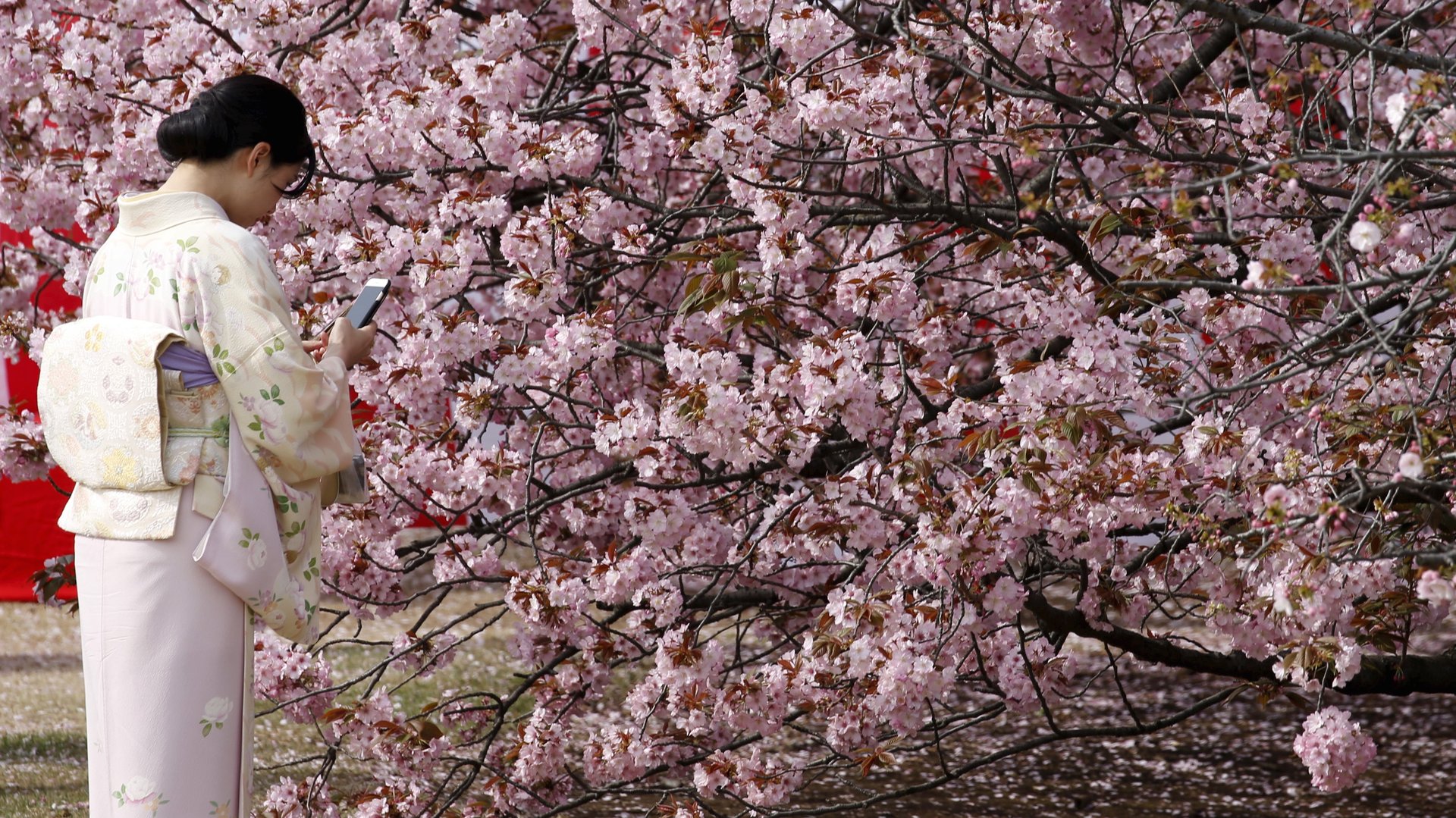This Japanese word connecting mind, body, and spirit is also driving scientific discovery
In Japanese, there are three words for “heart”: shinzou, which refers to the physical organ, ha-to, which is the Anglicized word for a love heart, and kokoro, which means… well, that’s more difficult to explain.


In Japanese, there are three words for “heart”: shinzou, which refers to the physical organ, ha-to, which is the Anglicized word for a love heart, and kokoro, which means… well, that’s more difficult to explain.
“Kokoro is well understood in Japanese, but difficult to explain in English,” says Yoshikawa Sakiko, director of Kyoto University’s Kokoro Research Center. Conceptually, it unites the notions of heart, mind, and spirit: It sees these three elements as being indivisible from one other. “For example if we say, ‘She has a good kokoro,’ it means heart and spirit and soul and mind all together.”
One of the problems of discussing kokoro in English is that by linking words—heart and spirit and mind—with “and,” we imply divisions that simply don’t exist in Japanese. But in this Eastern culture, the three aren’t intrinsically linked as one: They are one.
Researchers are beginning to break down conceptual barriers and explore what artists, writers, mystics, and dreamers of many cultures have long acknowledged: the mysterious tie between heart and mind, a.k.a., kokoro. For example, scientists in Japan consider this concept while working on computer simulations, robotics, primatology, and more; it has allowed Japanese researchers to explore and discuss spiritual matters in a way that’s otherwise impossible in an academic environment.
“Are the familiar Western (and some distinctively English) concepts of mind, heart, spirit, will, consciousness, soul…the best way to describe and divide human experience?” asks Paul Swanson, a professor of humanities at Nanzan University in Japan. “Or is a broader and more inclusive concept useful for understanding how humans think and feel?”
Swanson is a permanent fellow at the Nanzan Institute of Religion and Culture (NIRC), which in 1993 began bringing together experts in religion, philosophy, and the sciences. They aim to break down barriers and connect like-minded areas of knowledge that other academics consider distinct, ultimately attempting to understand the ineffable, the mystery of humanness. “Thoughts, feelings, and desires, or will, are all interrelated aspects of what it means to be human, and we would be wise to take all of them, and their interrelationship, into account in order to understand human experience,” he says.
Here are a few examples of what scientists have been able to contemplate through not believing in a separation of body and mind:
The real difference between man and machine
Testuya Sato, director of the Earth Simulator at the Japan Agency for Marine-Earth Science and Technology, uses supercomputers to make predictions about natural events like earthquakes and typhoons, as well as global warming. He has thought a lot about kokoro and how it sets human minds apart from computers when it comes to predicting the future of such disasters.
For example, humans use stored memories and various judgment criteria to anticipate what may happen, as compared to methodical, mindless machines. However, people’s predictions are also mired in desires and clouded by expectation—a problem that computers don’t have. But machines also don’t have what people do, an element of chaos or unpredictability that enables us to break patterns and boundaries of all kinds. He explained at a NIRC conference, “The human heart is rich in intuition; it possesses attributes such as illogicality, hunger for novelty, creativity, infinity and openness. Computer simulation is deterministic (closed); it lacks diversity and is an embodiment of dryness. I believe that this is the decisive difference between computers and human beings.”
Giving robots hearts
Hashimoto Suji, director of the Humanoid Robotics Institute at Waseda University, dreams of creating robots with a will to live. He wants them to evolve over generations, reproduce independently, and be able concern themselves with questions of philosophy such as what it means to be, think, and feel—all elements of kokoro. “A robot that will…be able to discuss with us issues such as ‘What is a living being?’ and ‘What is kokoro?’” he said at a NIRC conference.” If in the process a robot rebels and hits me, with my nose bleeding I would probably rejoice in my heart, thinking, ‘Finally, I did it. We’ve almost made it!’ This is because a period of rebellion naturally precedes independence.”
The connection between all primates
Tetsuro Matsuzawa is a primatologist whose work has shown that humans and chimpanzees are genetically very close, with only a 1.3% difference. He has taught chimps to paint and proved that they develop a personal artistic style, which he believes indicates they have a similar spirit to humans. Matsuzawa has compared children and chimp paintings to learn about the origins of drawing in humans, and believes it is possible to study the evolution of the human mind-heart by getting to know chimpanzees’ kokoro.
Buddhist brains
American scientists have also explored the connection between body, mind, and spirit. A 2015 article in The Atlantic, “The Brains of the Buddhists,” highlights the work of neuroscientist Richard Davidson, who studied monk brain activity at the behest of the Dalai Lama. Davidson concluded that compassion activated positive emotion circuitry in the brain and that Buddhist monks were extraordinarily mentally healthy as a result of a cultivated spirit of generosity. “The systems in the brain that support our well-being are intimately connected to different organ systems in our body…compassion is a kind of state that involves the body in a major way,” he said.
But you don’t need to be a specialist to understand the implications of kokoro. In fact, you probably already have a sense of it, even if you had no word for it before. Take a moment to reflect on the interconnectedness of all things, and you’ll feel your heart—the shinzou one—flutter in response.